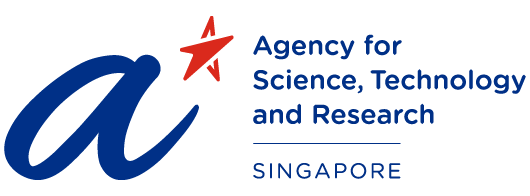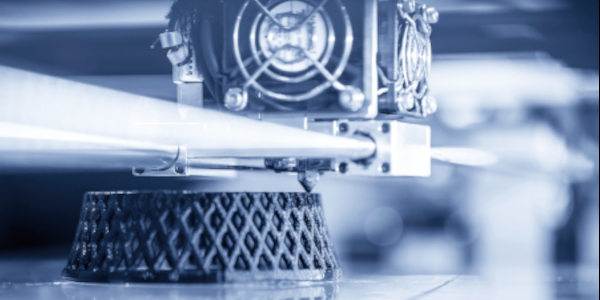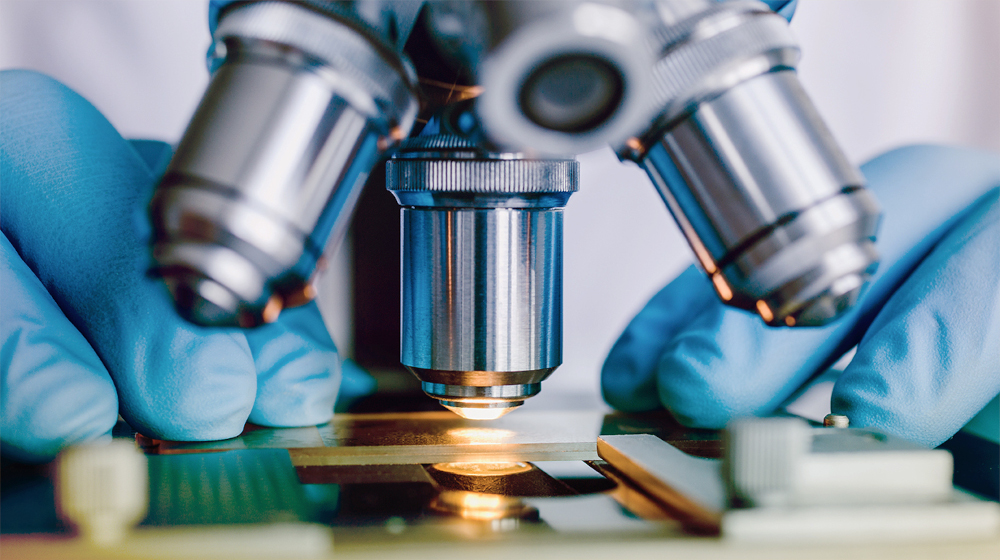BRIDGING HEALTHCARE AND ENGINEERING: TENDONPLUS’ PATH TO MEDTECH READINESS
Singapore-based startup TendonPlus Medical is reimagining how we treat tendinopathy — a common yet stubborn injury that affects athletes and aging populations alike. One of the most stubborn challenges in the orthopedic surgery, is the high re-tear rate of rotator cuff injuries, due to the sutures from the surgery itself cutting into the tendon during recovery. Tendonplus looks to develop advanced therapies to repair and regenerate the tendons to tackle this problem.
Like many early-stage medtech companies, TendonPlus faced a familiar challenge: a strong clinical idea, but limited in-house engineering resources to bring it to life. That’s where A*STAR’s T-Up programme came in. Through the secondment of an engineer from the A*STAR Institute of Microelectronics (A*STAR IME), TendonPlus was able to advance its prototype and bring it closer to clinical validation.
Jump to Section: The Challenge | Our Innovation | The Impact

The Challenge
Rotator cuff injuries, particularly around the shoulder joint, are typically repaired using surgical sutures, which are sewn onto the tendon and tied down to the humerus (upper arm bone). While this approach is standard, it carries a significant risk: the sutures can cut through the tendon, especially under tension during movement or rehabilitation.This often leads to re-tearing of the tendon, with re-tear rates estimated at around 20% post-surgery — a frustrating outcome for both patients and clinicians.
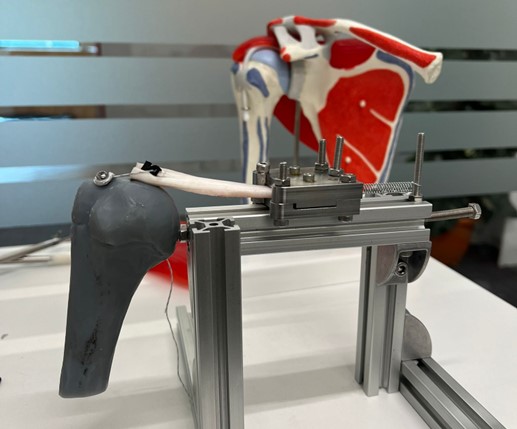
In-house test fixture for mobility testing
To address this unmet clinical need, TendonPlus developed the TendonPlus Shoulder Eyelet implant and Applicator, a novel solution that protects the tendon from suture abrasion. Unlike traditional reinforcement techniques, the device is designed for minimally invasive implantation, potentially reducing infection risk and speeding up recovery.
However, to bring this innovation to life, TendonPlus needed engineering expertise — particularly in sensor integration and electronics design for a companion wearable device that would deliver mechanobiological stimulation as part of a broader treatment approach.
Our Innovation
Through T-Up, an engineer from A*STAR IME was embedded into the TendonPlus team to strengthen its engineering capabilities. The secondee worked on:
- Designing and integrating the device’s electronic architecture
- Embedding sensors that could track stimulation levels and treatment usage
- Enabling data collection critical for clinical trials and user feedback
- Improving the robustness and usability of the prototype for real-world testing
The secondment helped the company transition from proof-of-concept to a more test-ready prototype through the simplification of the design iteration process, reducing time to market.

The Impact
With A*STAR’s support, TendonPlus was able to build a stronger device with a faster path to market by
- Close a crucial skills gap without the time and cost of a full-time hire
- Reach a higher technology readiness level, accelerating the journey toward regulatory approval
- Strengthen its clinical validation pipeline with better data collection and functionality
- Build confidence among potential partners, funders, and trial collaborators
A*STAR celebrates International Women's Day
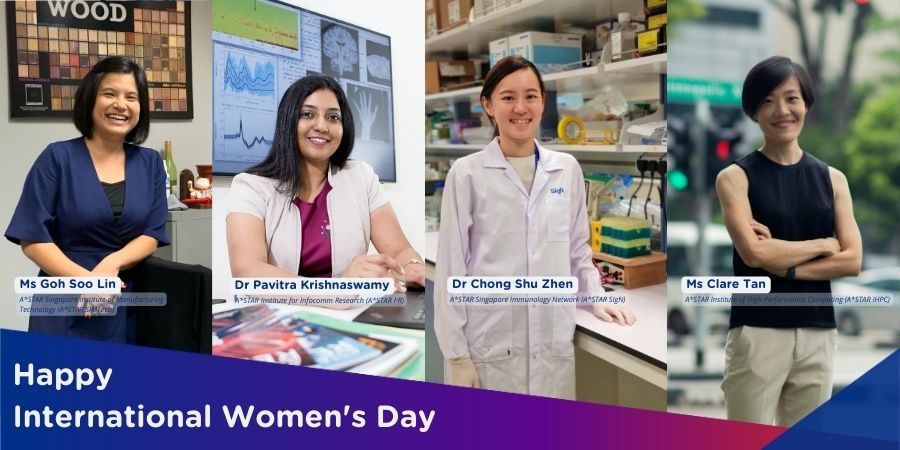
From groundbreaking discoveries to cutting-edge research, our researchers are empowering the next generation of female science, technology, engineering and mathematics (STEM) leaders.
Get inspired by our #WomeninSTEM
